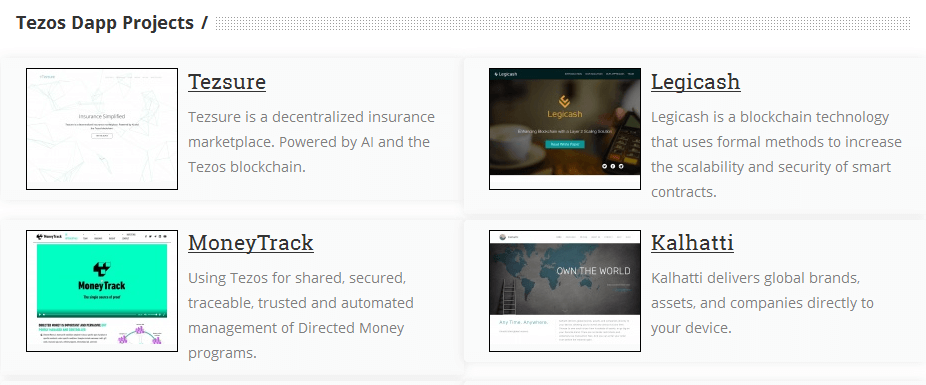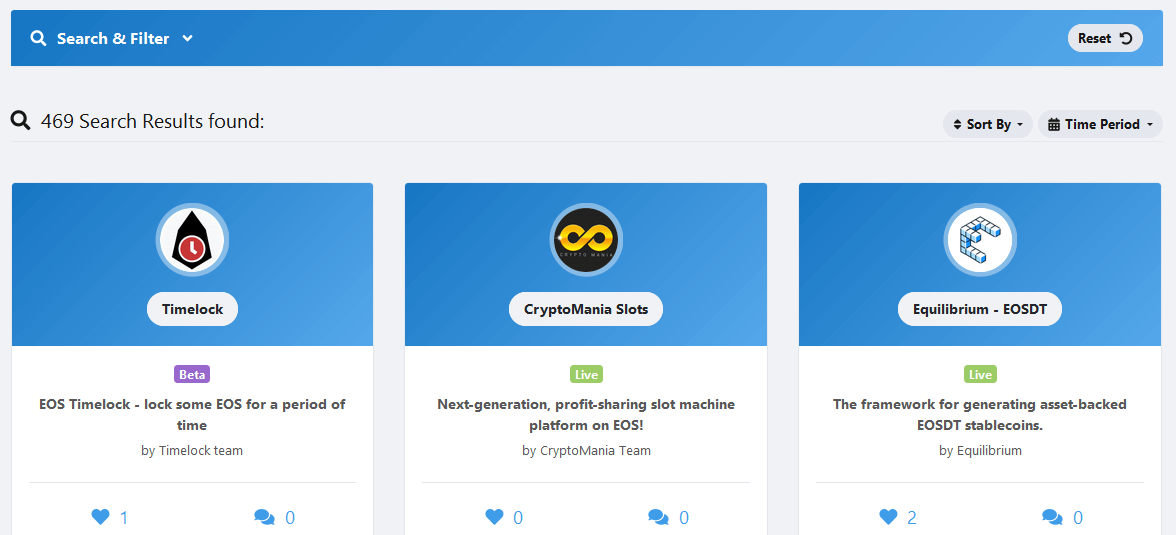Web 3.0: A Long Way to Go

This article continues the previous one, which dealt with web 3.0 enabled browsers. Now it’s time to talk about the platforms on which decentralized Internet services already work or being developed.
Implementation
Web 3.0 services operate with decentralized applications. These applications require a platform that provides their execution, data storage, interaction with the network and users, and secure tools for the realization of digital identity. In order to allow users to find the desired application, browsers of decentralized applications are used.
In the previous article, we talked about one of the Web 3.0 projects called Blockstack. Within the project, several decentralized applications have been created and are already working. Also, a single digital identity system and a browser, compatible with different operating systems, have been implemented. This project is far from being the only one that provides its users with the capabilities of the decentralized Internet, there are others.
Ethereum
Ethereum's large community, leadership in the cryptocurrency market, technical excellence, a developed system of smart contracts, and the liquidity of ether are the advantages of the platform that attract developers and users. There are already a lot of applications and projects for every taste that use the capabilities of Ethereum: social networks, file storages, financial, scientific, entertainment applications.

Waves
In early 2019, the Waves platform changed the design, changed its goals, and headed for Web 3.0. A developed blockchain structure, tokens, documentation, libraries for different programming languages, and other developer tools already exist there.

Polkadot
This is the platform created by the Web3 Foundation project, which was designed to organize the interaction of different blockchains within the applications and services. The Polkadot developers presented the protocol and tokens that act as the fuel for the system.

EOS
This project is quite popular among users and creators of decentralized applications. The eosindex.io website reports that 469 different services for every taste are currently on EOSIO.

Tezos
Here is another platform designed to execute smart contracts and decentralized applications. The special feature is Tezos approach to verification and validation of application projects executed in a virtual machine that provides additional security and resilience.

Other projects
Far from all existing teams and enterprises that support Web 3.0 are presented in this article. Moreover, not all noteworthy and interesting projects were mentioned. The reason is that there are lots of them. Another reason: even the most popular of these projects are still very far from the popularity of services and applications of the good old Web 2.0. Users are not in a hurry to leave their Facebook accounts for the sake of, for example, Steem.it social network or play EOS Sea Battle instead of World of Tanks. The best days of Web 3.0 are still yet to come.
And here’s why
Web 3.0 is the dream of many free Internet and decentralization enthusiasts. It is a logical continuation of the entire blockchain industry trend. Indeed, in any place where cryptocurrency projects and other blockchain systems come into contact with traditional centralized structures, there are pockets of tension, threats of independence loss, and a clash of interests.
Truly decentralized projects tend to withdraw to their own independent Internet, which is quite reasonable. There are already technical possibilities for this: P2P systems, cryptography, and blockchain are a real way to get rid of censorship, custody and supervision of corporations and government bodies.
The development of Web 2.0 has been pushed by user interest in social services and e-commerce, as well as the spread of fast and accessible Internet. It was a fast but evolutionary process where technical capabilities and great demand collided. Web 3.0, a decentralized Internet, obviously, is now interesting only for fairly advanced users who are well aware of the danger of concentrating resources in the hands of a small community.
For the majority of web users, the existing services and the current Internet organization are acceptable and sufficient. The idea of the need for another Internet should be picked up by the masses and rooted in their minds. There is nothing like that these days.
Recent crises associated with losses, leaks and the illegal use of private data; massive offensive censorship and restrictions on freedom of information; the emergence of walls, curtains, state firewalls are only alarm bells for those who understand.
However, they did not become a global problem and the impetus for users to switch to free networks. Perhaps more serious crises in the future will become.
Illustration courtesy of Hackernoon